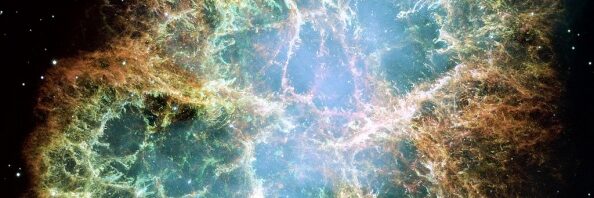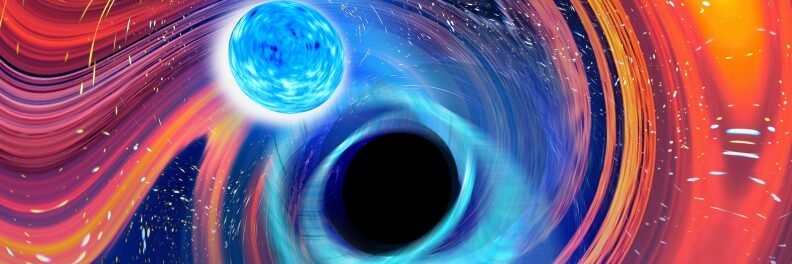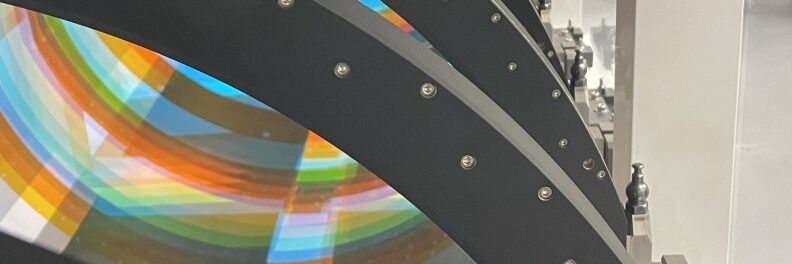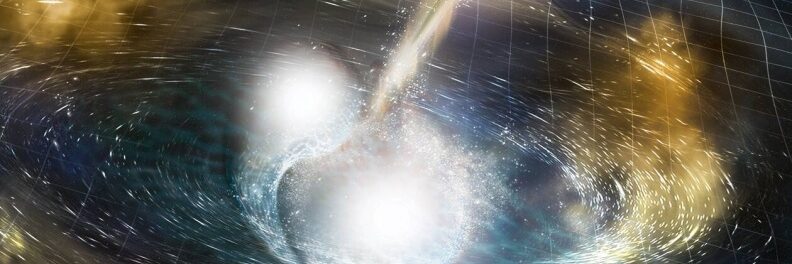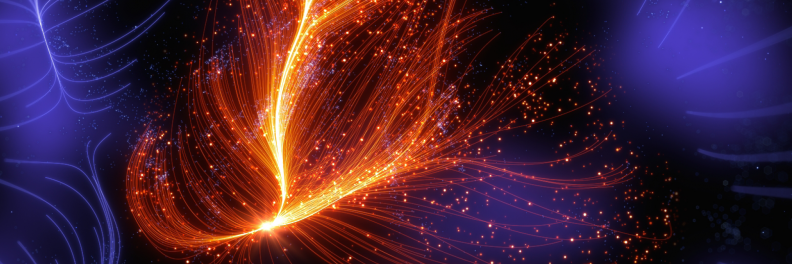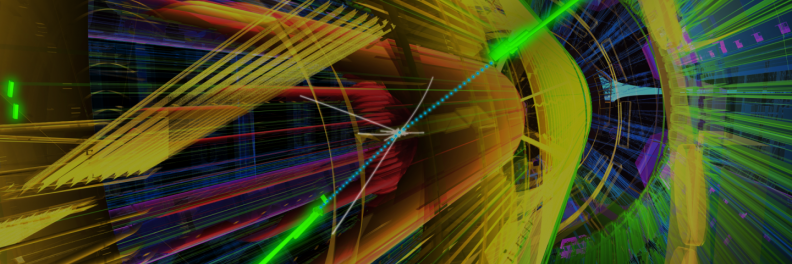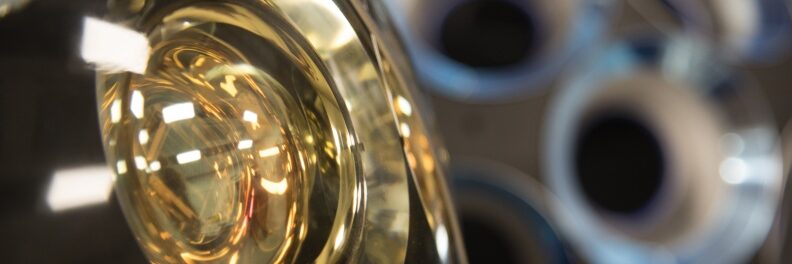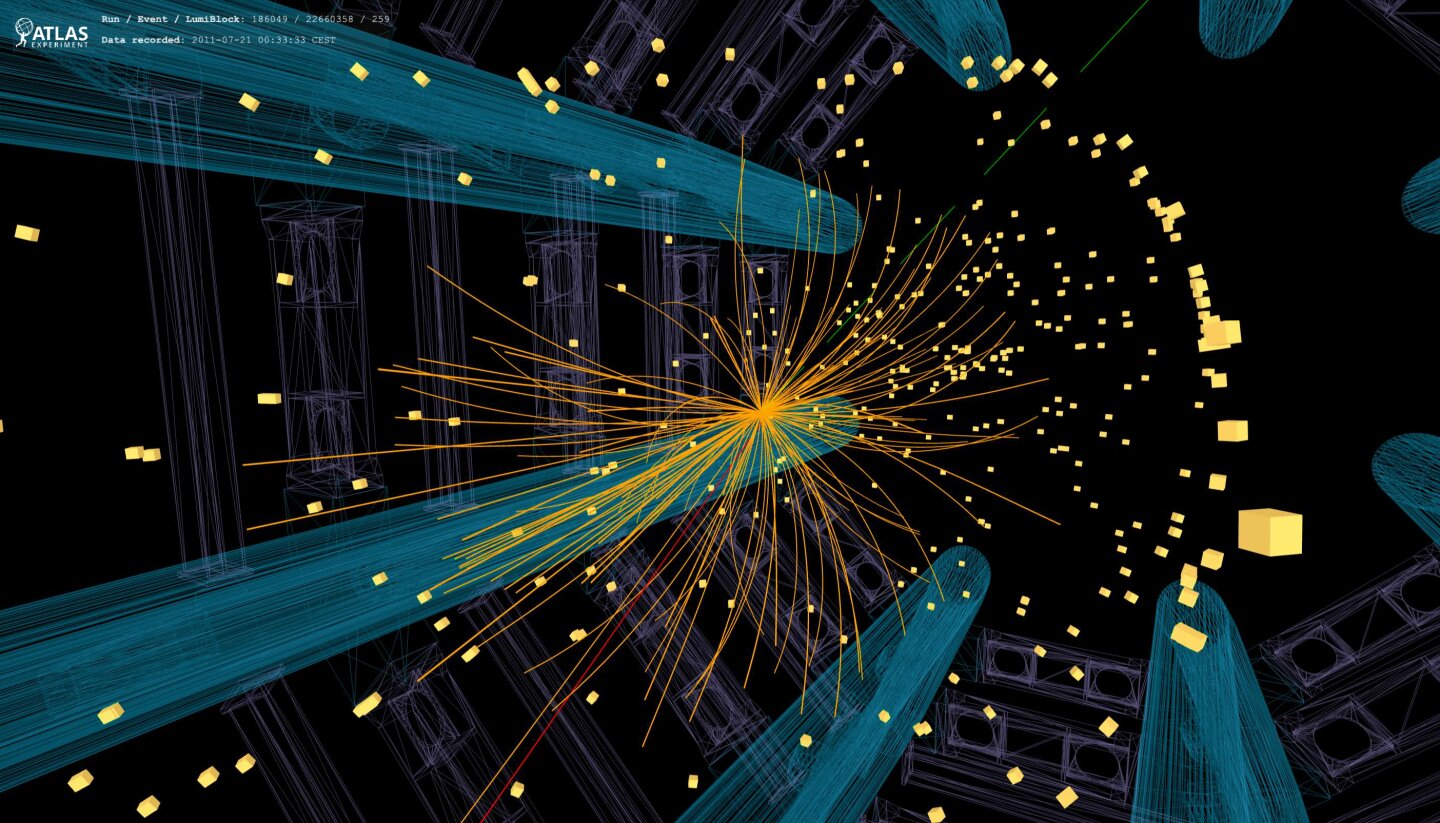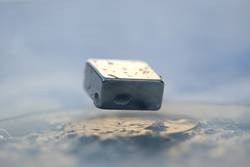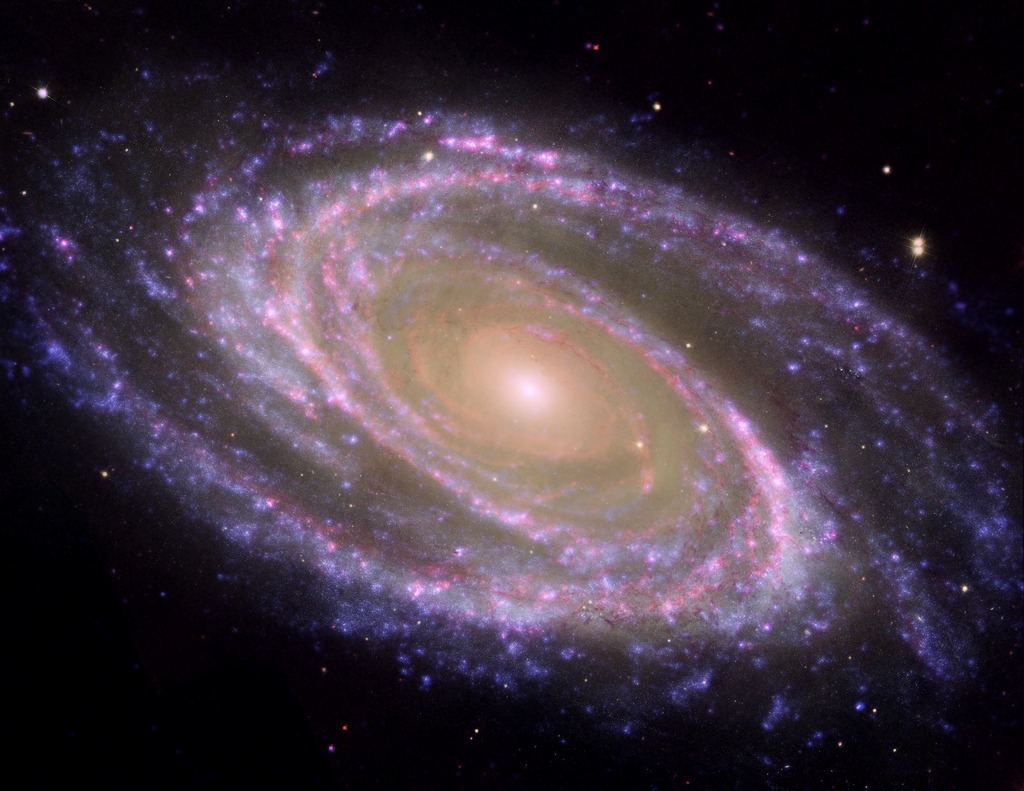
Research Environment
The Physics Graduate School at Université Paris-Saclay brings together all research in physics, as well as training in physics from the Master’s to the Doctorate levels. It covers all fields, from fundamental to applied physics, from theory, modelling and simulation to instrumentation, from laboratory experiments to large instruments put on large research infrastructures or into space, from the core of physics to its interfaces with other fields. It also integrates numerous socio-economic issues at the interface with physics (energy, health, environment, etc.).
With a community of over 3000 faculty members, researchers, engineers, technicians, and laboratory supporting staff, the Physics Graduate School of the Université Paris-Saclay gathers for research and training purposes a range of skills, resources and experimental facilities of the highest level, unique in France and widely recognised internationally.
The research is carried out within a wide range of collaborations in the Paris Region, at national, European and international levels, and gives rise to numerous synergies with local and national industry. One of the special features of physics at Paris-Saclay is the number and diversity of platforms and major research instruments that are at the cutting edge of what is being done in the world and have a very high national and international profile.
Preparing your research project
Research projects will last 2 years and will be hosted in one of the laboratories of the participating entities : the 40 Graduate School of Physics of Université Paris-Saclay labs, Synchrotron SOLEIL and Laboratoire National de Métrologie et d’Essais.
Applicants are expected to propose their own project, which must be in line with the key research areas of the Graduate School of Physics (38 fellowships available). See below :
In addition, two fellowships will be offered at SOLEIL synchrotron (SIXS beam line and DESIRS beam line); two fellowships will be offered on interdisciplinary issues in nano science; and one fellowship in metrology at LNE.

